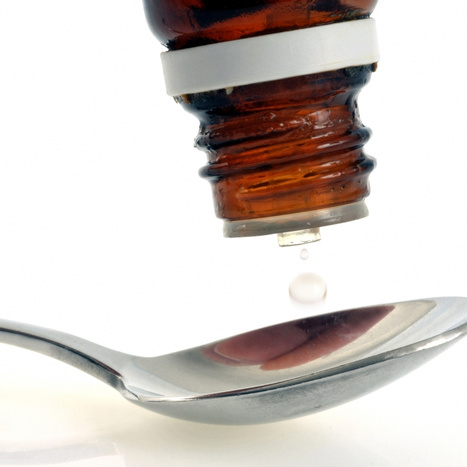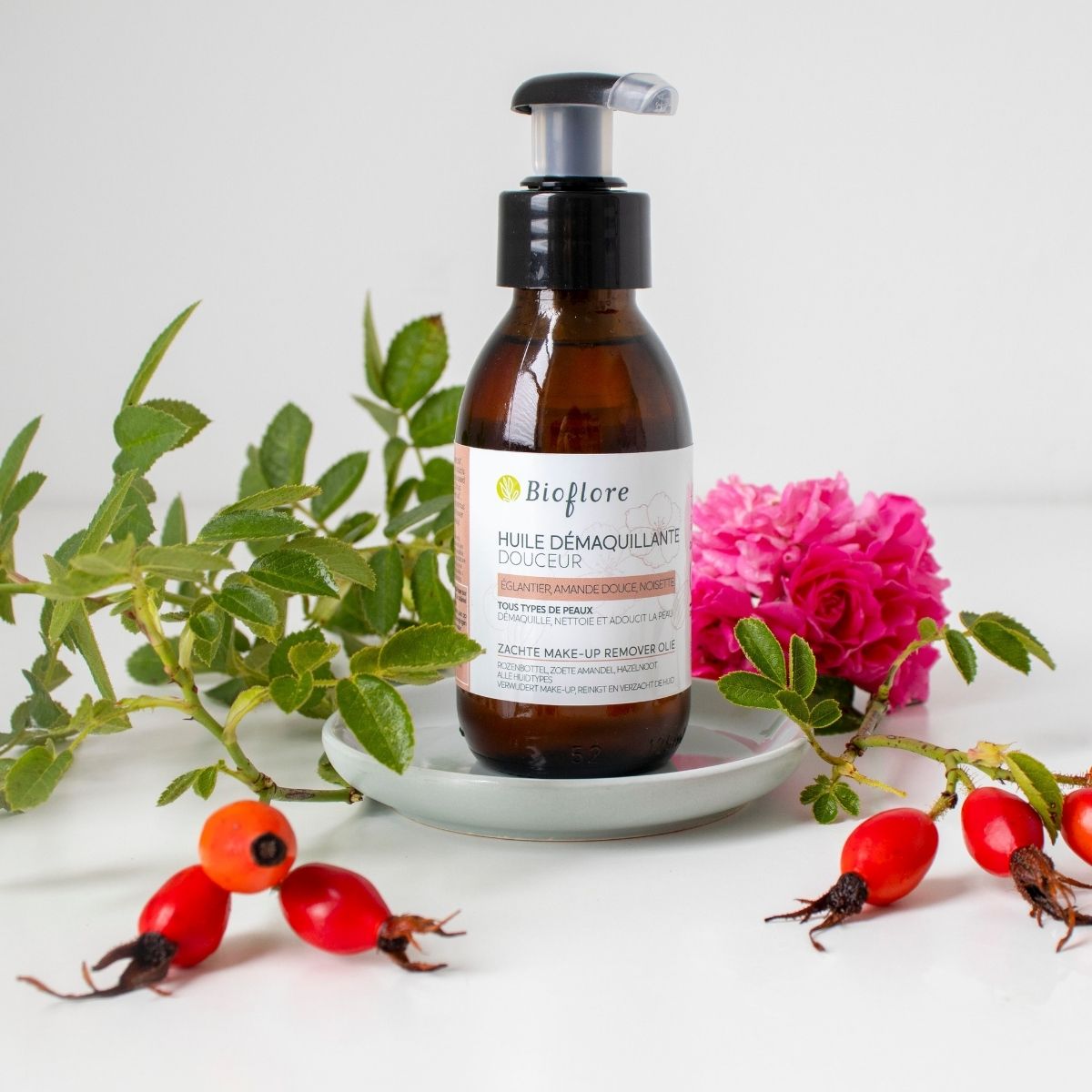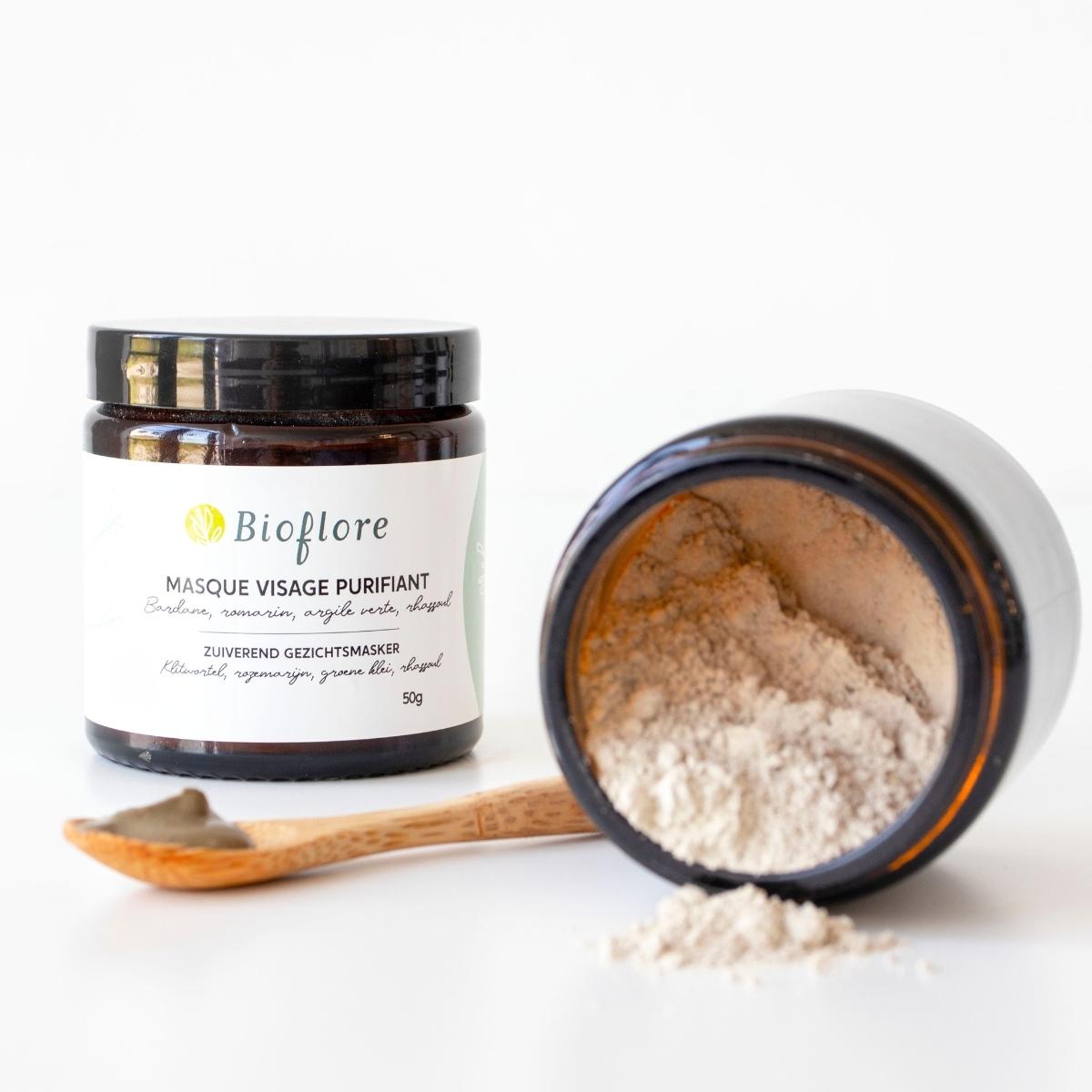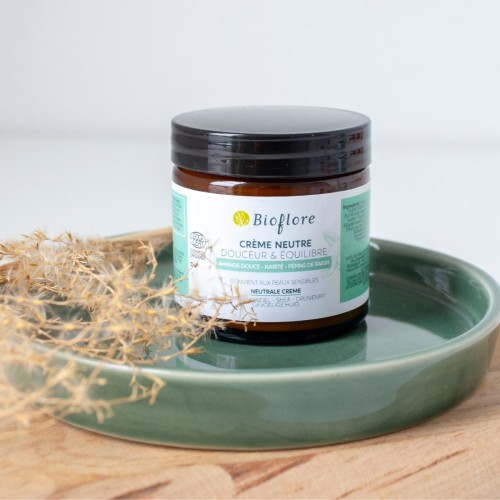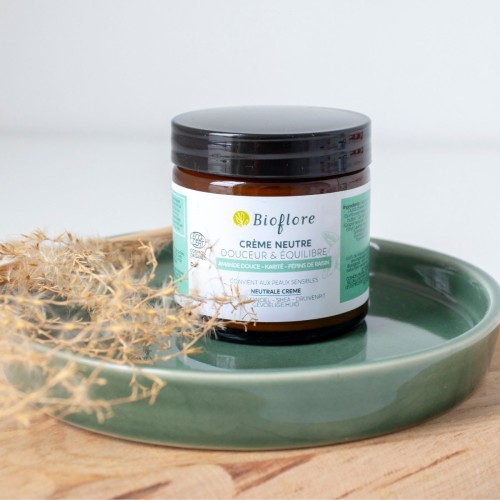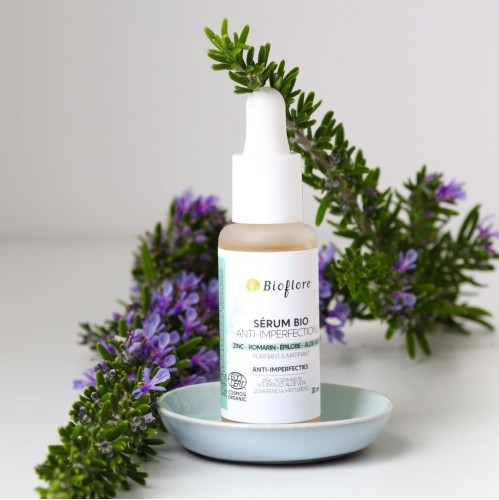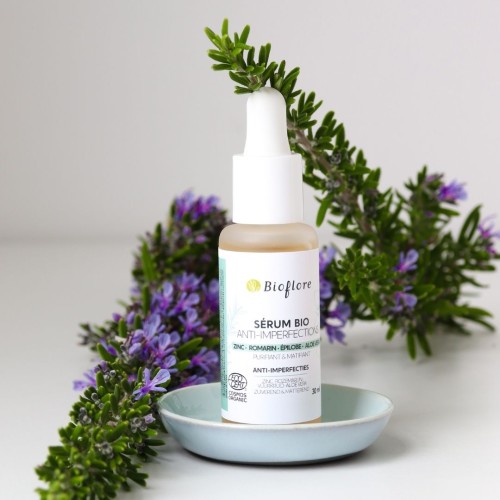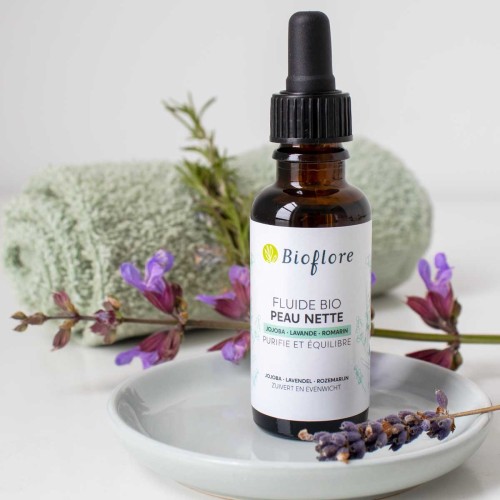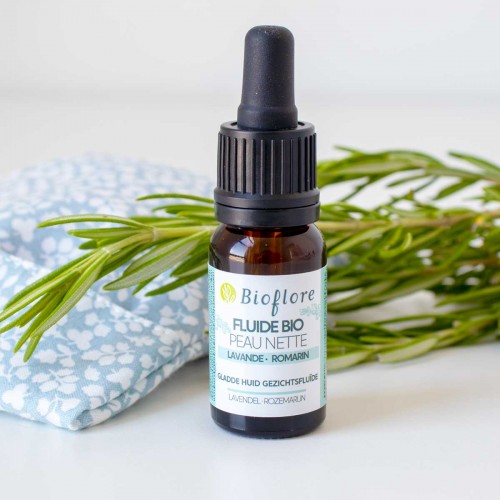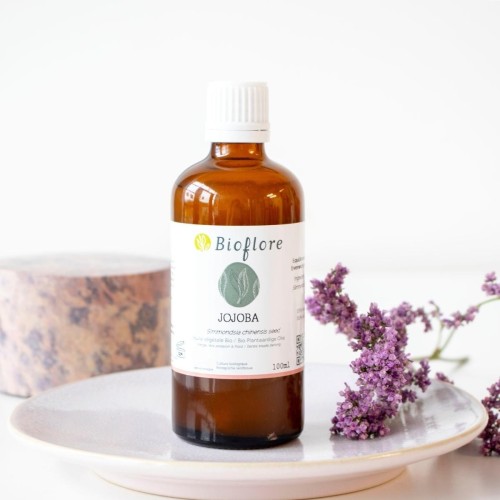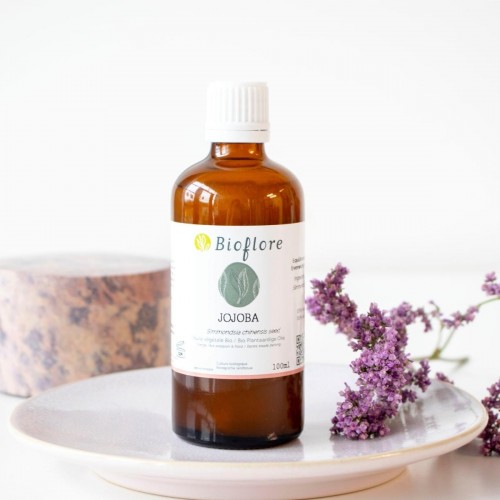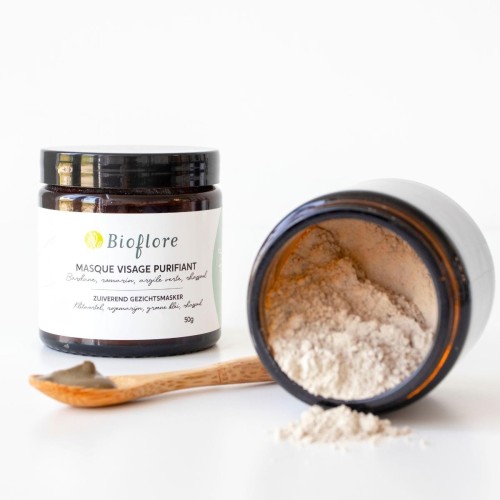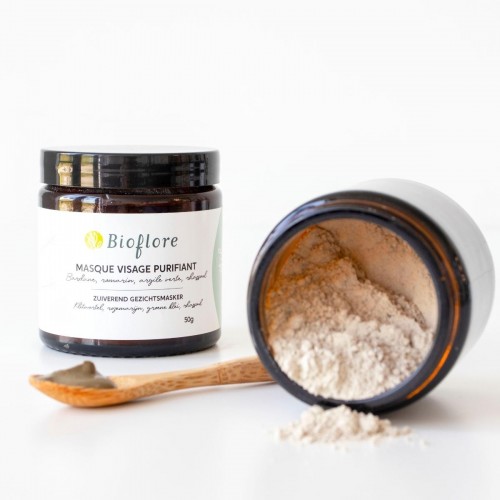Do you remember what your first period was like? How they were received by those around you, how you felt?
This is a subject raised by the association règles élémentaires, which carried out a study* showing that 31% of young girls felt anxious when they had their first period, the same proportion felt surprised and 25% felt afraid.
At the same time, one in three girls has been bullied or teased at school about her period.
It seems to me that these figures confirm the feelings of many women, as well as men and parents, about the continuing shortcomings in educating young girls about the physiology of their bodies and menstruation. They point to a general unease about these subjects, which are so essential and so healthy.
I'd like to lift the taboo on this phase of life by giving you some ideas on how to support young girls naturally at this stage of their lives.
An article by Marion Pezard, naturopath and producer of the Healthyliving Podcast
A quick anatomy point
Without going into too much technical detail, I think it's essential to understand what's going on in a young girl's body at puberty so that we can explain it to her and support her calmly.
Menarche, which refers to the first menstrual period, is the 1st of three major stages in a woman's life: Menarche, Matrescence (becoming a mother if you so wish) and Menopause.
This stage of life is triggered by a whole hormonal ballet, the 1st note of which is given by two combined elements: sufficient maturation of the cerebral cortex, and a sufficient body mass index (BMI) estimated at around 17%.
Next, the hypothalamus in the brain will set off a whole hormonal cascade to activate the girl's reproductive organs and mature her oocytes, which have been present in the pit of her stomach since the 2nd month of her embryonic life. This means, crazy as it may sound, that our grandchildren were once (at the oocyte stage) in our own womb if we carried a girl.
The average age for the first period is between 11 and 14, and it's perfectly normal for cycles to be irregular for the first few months or even years. Don't hesitate to suggest to keep a record of the dates of each period so that you can keep an eye on their rhythm and observe how regular they are.
We will have around 350 cycles in the course of our lives. All the more reason to experience them positively!
Nutrition
Nutrient intake during puberty is very demanding, as it has to allow the body to undergo all the changes and growth typical of this period. So even though it's not always easy to supervise a teenager's meals, here are a few recommendations to ensure that at least the meals eaten at home are as supportive and balanced as possible.
Offer colourful plates with raw vegetables to provide a variety of vitamins, particularly B vitamins, minerals and antioxidants.
The idea of a bowl to compose seems to me quite ideal, with a base of wholemeal or semi-complete cereals and on top a protein, raw vegetables, cooked vegetables, fresh herbs and a tasty seasoning.
Magnesium is needed for nervous balance, to combat fatigue and stabilise freewheeling emotions. Magnesium is found in oilseeds and bananas, which can easily be added to snacks or mashed for breakfast.
Zinc is also essential for both hormonal balance and skin condition. It can be found, for example, in seafood, egg yolks, wheat germ, hemp seeds and pumpkin seeds.
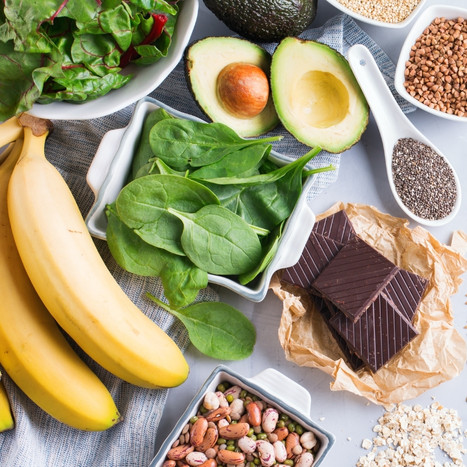
It might be a good idea to check with your doctor whether it's worth checking for any iron deficiencies (a 12-year-old girl needs 25% more iron than an adult), vitamin D, vitamin B12, zinc and magnesium.
Finally, don't skimp on good fats for teenagers, as hormones are produced from cholesterol, so it would be a shame to run out. The most stable form of omega-3 is found in small oily fish (mackerel, sardines), cod liver and salmon, and a plant-based version is found in flaxseed, walnuts and chia seeds.
Plants
Depending on the needs of the young girl, several plants will be very useful.
As an infusion, raspberry comes to mind first, to help regulate cycles and soothe menstrual pain.
We can also suggest soothing herbal teas such as camomile or lemon balm, or other plants to help with digestion, such as mallow to ease bowel movements, or rosemary or lemon to gently support the liver.
For skin that sometimes has imperfections at this age, infusions of wild pansy will be useful, especially when combined with plants that support digestion as mentioned above.
And finally, for a young girl whose cycles are slow, why not support them with emmenagogue plants such as wild carrot or sage.
We recommend 15g of plants per litre of water, and you can make these infusions hot or cold, with a little honey if it goes down better that way.
Buds are also very useful, for example lime blossom buds for young people who suffer from anxiety and have trouble falling asleep, alder buds or ginko biloba mother tincture to promote memory and brain support, birch buds can also help to support growth and elimination functions and in particular soothe skin inflammation.
Managing emotions
After the 1st year of life, adolescence is the most demanding period for the human body, in terms of energy but also in terms of change and learning. Our society asks a lot of our young people, as well as taming this changing body and the impact of hormones on it.
If we can provide them with a soft, comforting nest (even when they reject us) to allow them to put down their baggage, unload and build a secure base for themselves, that's probably the greatest gift we can give them.
And if they need extra help, we can suggest Bach flowers: crab apple for a young girl who feels rejected or disgusted by her changing body, walnut to help with periods of transition and adaptability, mimulus to calm anxiety and worries, or the rescue blend, which is easy to find in chemists, to help them cope with temporary stress such as an exam or an emotional shock.
The recommended dose is 4 drops, 3 to 4 times a day. You can also add ten or so drops to your bath water.
The skin of teenagers
We're all familiar with the skin problems that some teenagers suffer from, which are often linked to internal changes in the body, the introduction of hormones and the digestive system, which can be overloaded by its task of eliminating hormones or by snacking on junk food at break time.
Obviously, the first thing to do is to balance the diet as explained above, and support digestion with the recommended plants.
To adapt your facial skincare routine to this period of life, it's essential to start by cleansing twice, using an oil to remove make-up if necessary and to remove some of the impurities, such as Gentle Cleansing Oil, which contains a blend of plant oils and specially adapted essential oils that are very agreeable to use and smell. We then proceed to a 2nd cleansing with a cold-saponified soap whose pH is very close to that of the skin so as not to disturb it.
Next, it may be a good idea to incorporate a rather watery serum before the nourishing treatment, for example a mixture of aloe vera gel to maintain hydration, rose hydrosol for its soothing effect and a drop or two of tea tree essential oil for its purifying effect. You can also opt for the anti-blemish serum, which contains zinc, rosemary hydrosol, hyaluronic acid and Fleischer's fireweed extract, which is a plant-based, ethical and organic alternative to niacinamides!
Next, apply a light cream, ideally combined with a few drops of a non-comedogenic oil such as jojoba oil. For example, the combination of Gentle Balance Neutral Cream and Blemish Control Oil, which contains a cocktail of beneficial essential oils, is perfectly suited to the skin needs of teenagers.
And if the skin is particularly oily, you can use the aqueous serum in the evening to allow sebum production to regulate itself overnight.
Finally, I recommend applying a mask once a week, according to the skin's needs. To exfoliate, small grains should be avoided and replaced by fruit acids instead, and to regulate the skin, clay masks are always a good ally with, for example, a teaspoon of vegetable charcoal and two drops of tea tree essential oil. My favourite: the purifying face mask which, as well as containing clay, also contains rhassoul, rosemary powder and burdock powder. All it takes to cleanse, purify and regulate the skin in one simple step.
Periodic protection
I'd like to end these tips by stressing the importance of choosing sanitary protection adapted to the young woman in question, to her relationship with her body, and above all to choose non-toxic products. At the very least, opt for organic sanitary pads or tampons as a first step and, if your budget allows, don't hesitate to offer menstrual panties, which are the healthiest and most environmentally-friendly products on the market today.
I sincerely hope that these few tips will help you as an adult to support the young girls in your life, and will also help future generations to never again feel ashamed of their bodies, or ashamed of their cyclical variations. Remember, without a menstrual cycle, none of us would be alive today!
If you'd like to find out more, check out my "Healthy Puberté" ebook



